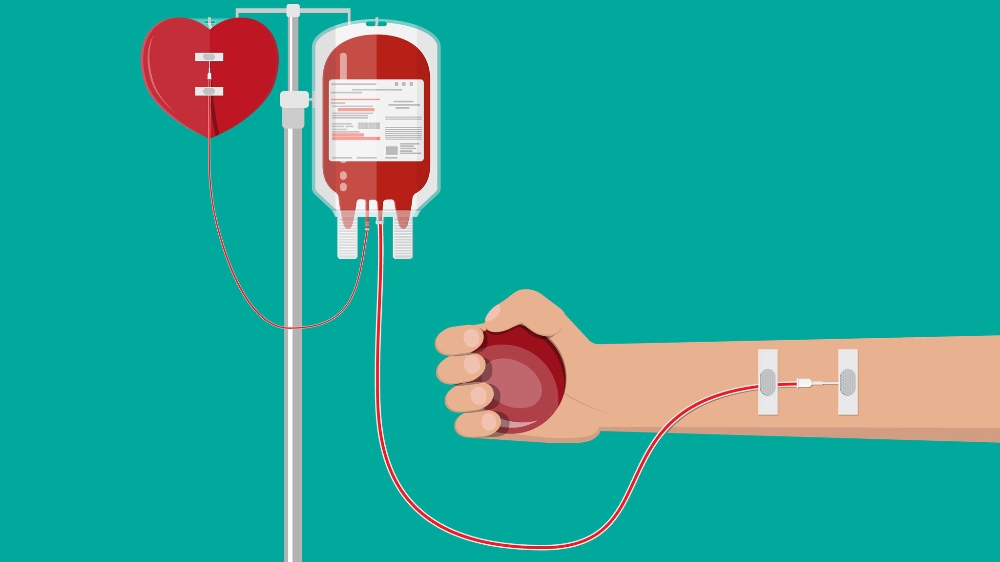As Temperatures In Singapore Rise, So Does The Risk Of Heat Stroke
In a Facebook post on 13 May 2023, Singapore’s National Environment Agency (NEA) noted that several locations across the island reported temperatures exceeding 36°C, and that Ang Mo Kio was the hottest spot on the island, with the thermometer reached a scorching 37.0°C.
That wasn't just a new record for 2023 (Singapore's fourth warmest year on record) – it was also the highest daily maximum temperature for the month of May ever, beating the previous May-high of 36.7°C recorded at Admiralty in 2022. (Incidentally, Singapore’s temperature records go back to 1929.) NEA said that this tied with the all-time highest daily maximum temperature of 37.0°C that was recorded 40 years ago on 17 Apr 1983, at Tengah.
As the mercury goes up in Singapore, so does the risk of heat stroke, a condition that occurs when the body's internal temperature rises to a dangerous level. This can happen when you are exposed to high temperatures and humidity for an extended period of time.
When the body's internal temperature reaches 40°C or higher, it can lead to damage to vital organs such as the brain, heart, and kidneys. Heat stroke is a medical emergency that requires immediate attention.
Causes of heat stroke
There are several factors that can increase your risk of heat stroke, including:
1. High temperature and humidity: When the temperature and humidity are high, your body has a harder time regulating its internal temperature.
2. Dehydration: When you are dehydrated, your body is less able to sweat, which is one of the ways the body cools itself.
3. Age: Infants, children, and older adults are at a higher risk of heat stroke because their bodies are less able to regulate their internal temperature.
4. Certain medications: Some medications can make it harder for your body to regulate its internal temperature, making you more susceptible to heat stroke.
Ways to prevent heat stroke in Singapore
1. Stay hydrated: Drink plenty of water and other fluids, such as sports drinks or coconut water, to stay hydrated. Eight glasses a day (about two litres) is a useful guide in general, but according to HealthHub, you will need more water if you exercise, perspire a lot, are pregnant or breastfeeding, or are ill. Top tip: Drink enough so that your pee several times a day, and your pee is pale and odour-free.
2. Dress appropriately: Wear light-coloured, loose-fitting clothing made from breathable fabrics such as cotton.
3. Avoid the sun: Try to stay out of direct sunlight during the hottest parts of the day, which are typically between 11 am and 3 pm.
4. Take breaks: If you are working or exercising outside, take frequent breaks in a shaded or air-conditioned area.
5. Use sunscreen: Apply sunscreen with a high SPF to protect your skin from the sun's harmful rays.
 IMAGE: 123RF
IMAGE: 123RF
Symptoms of heat stroke
It's important to be able to recognise the symptoms of heat stroke, so you can take action quickly if you or someone else is experiencing them. Symptoms of heat stroke include:
- High body temperature (40°C or higher)
- Rapid pulse
- Headache
- Dizziness
- Nausea and vomiting
- Confusion or disorientation
- Loss of consciousness
If you or someone else is experiencing symptoms of heat stroke, it's important to take action quickly. Here's what you should do:
- In Singapore, call 995 for an ambulance, especially if the person is experiencing severe symptoms such as loss of consciousness.
- Move to a cool place that’s shaded or air-conditioned.
- Remove excess clothing.
- Apply cool water to the skin or use a fan to help cool the body.
- Put ice packs under the armpits and groin area.
For the latest updates on Wonderwall.sg, be sure to follow us on TikTok, Telegram, Instagram, and Facebook. If you have a story idea for us, email us at [email protected].











